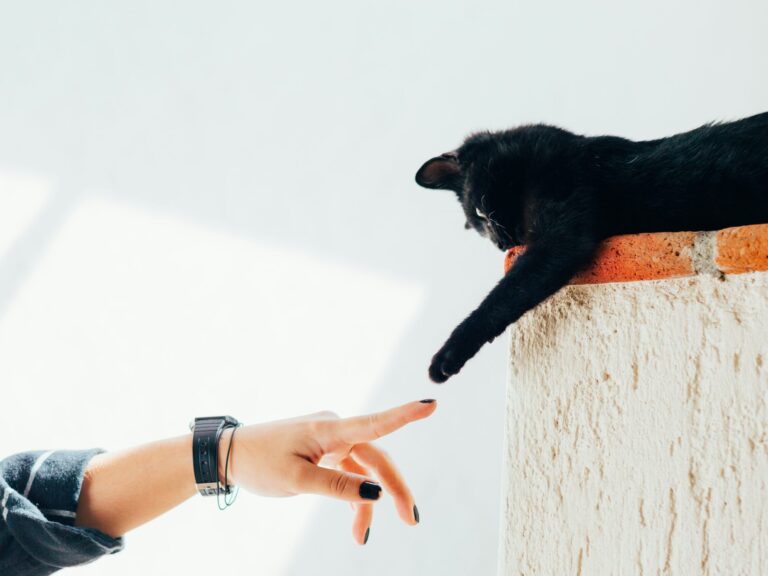While pet owners would never consider withholding food or water from their cats, many forget to provide adequate exercise and stimulation. Yes, cats do sleep a lot, but play is an important component of any pet’s health and well- being. The release of energy triggered by regular daily interactive play sessions can help alleviate stress and prevent behavior problems.
Stress Reduction
The average indoor cat is subject to a variety of stressors, usually the result of perceived or real invasions of her territory. Seeing a roaming cat out the window that she can’t chase away, having houseguests, adding a new resident (human or animal) or a trip to the veterinarian can cause your cat anxiety. One response to stress for many cats is eliminating outside the litter box. Another response may be redirected aggression – where the cat takes out her frustration on another cat, the family dog or you. Over time, stress can cause chronic medical problems. Engaging your cat in regular play sessions can help alleviate her stress and help keep her mentally and physically healthy.
Preventing Behavior Problems
Without appropriate outlets for their energy, cats may attack ankles, play too roughly or interrupt their owner’s sleep with nocturnal adventures. Several interactive play sessions per day, especially one timed shortly before bedtime, can help reduce or eliminate these behaviors.
Structured Play Sessions
Simulating the hunt
Create your play sessions to mimic the cat’s natural hunting behavior. Cats are natural hunters and we originally domesticated them to rid our homes and barns of rodents and other vermin. Choose a fishing-pole toy – one that imitates the noise of flapping bird wings is irresistible to most cats. Make the toy soar around the room, engaging your cat’s attention. Or simulate mouse activity by sliding the end of the toy around on the floor in quick, jerky movements. Allow the cat to pounce and catch the toy and bat it around, then start again. End the play session by allowing the cat to capture the toy. (Avoid laser lights since it is important for the cat to enjoy the satisfaction of catching the toy or prey.)
After the play session
Sessions should be long enough for the cat to get tired – probably 15 – 20 minutes depending on the age and activity level of the cat. About five minutes after the end of the session, feed your cat canned cat food. This mimics what would happen at the end of a real hunt – the cat would eat her catch. Don’t be surprised if your cat takes a long nap after a play session.

